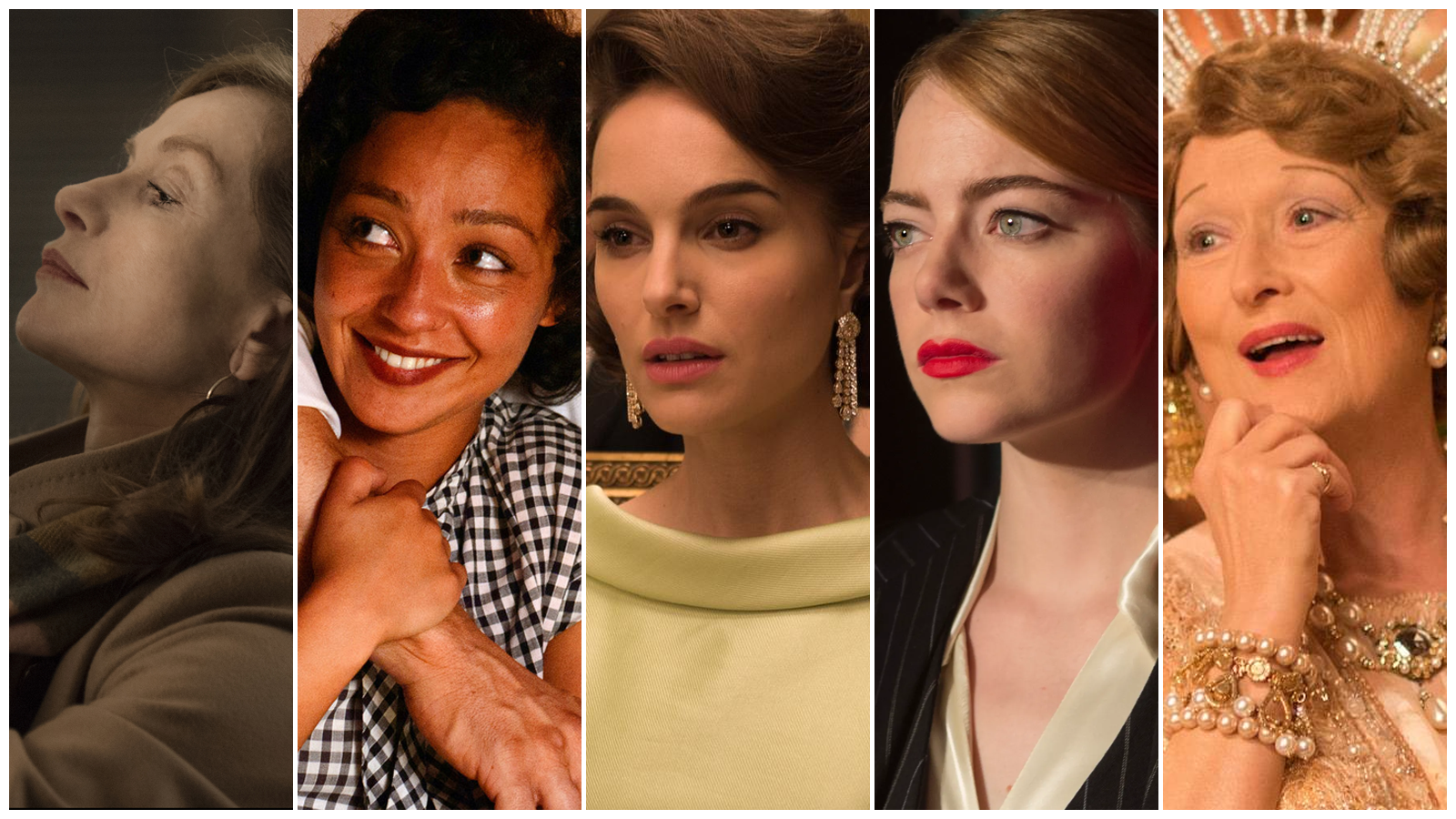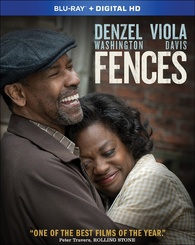In this week’s edition of Blueprints, Jorge takes a trip to the brief shining moment known as Camelot to look how a script can transmit mood.
There can sometimes be a common misconception that what a writer contributes to a script is limited to story structure, action description, and dialogue. These are in no way small feats; after all, it’s the creation of an entire world, the people who inhabit it, and what they do. But it is often thought that his or her job stops there, and it is everyone else's job to fill in the blanks with textures.
Many of cinema’s most deep, emotional, and transcendental moments are a marriage of sound, image, and performance; devoid of any substantial plot or dialogue. So much of what makes cinema powerful is about mood. And while there may be the belief that this is the work of the director, cinematographer, actors, and musicians, mood is also born on the page.

Let’s take a look at Jackie, a movie that is more a collection of feelings, images and sounds than a straight forward narrative...
Click to read more ...
 Sunday, September 1, 2024 at 1:10PM
Sunday, September 1, 2024 at 1:10PM  MARIA © Pablo Larraín
MARIA © Pablo Larraín Angelina Jolie,
Angelina Jolie,  Deepak Rauniyar,
Deepak Rauniyar,  Jackie,
Jackie,  Maria,
Maria,  Nepal,
Nepal,  Pablo Larraín,
Pablo Larraín,  Pooja Sir,
Pooja Sir,  Spencer,
Spencer,  Venice
Venice 





